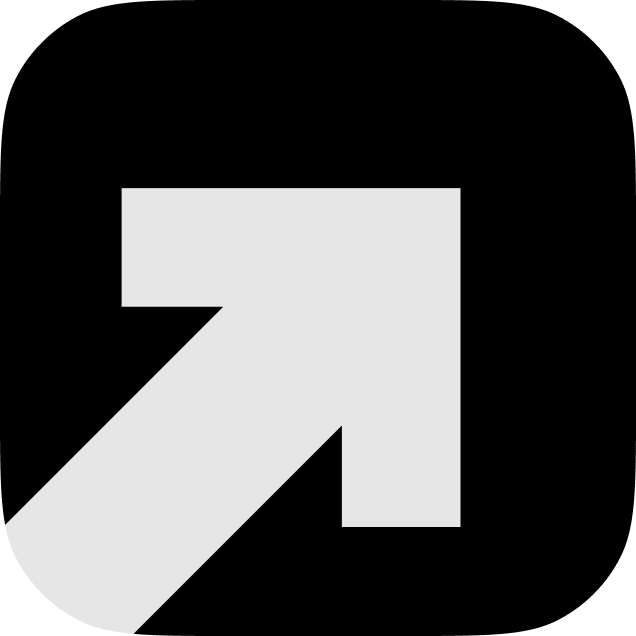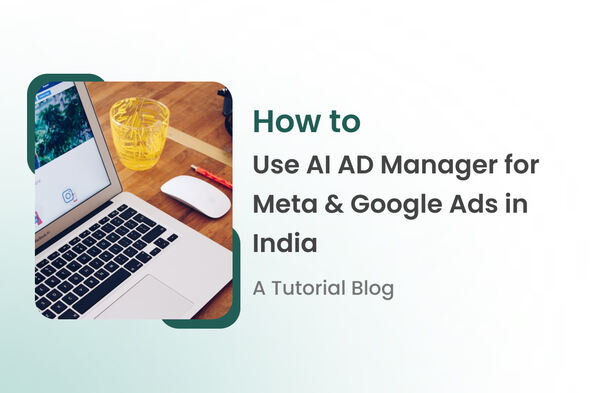Demand generation vs lead generation: What’s the difference, and why does it matter for your marketing strategy? Understanding the key differences between demand generation and lead generation is crucial for building a successful funnel that drives both awareness and conversions. In this guide, we’ll break down demand generation vs lead generation, explaining their unique roles, goals, and tactics—plus when and how to use both approaches together for maximum business growth.
Key Highlights
- Demand generation builds broad awareness and interest through content, events, social media, PR, and SEO, creating long-term brand visibility and market education.
- Lead generation focuses on capturing contact information from interested prospects using landing pages, gated content, email campaigns, paid ads, and lead magnets.
- The core difference is intent: demand generation creates demand at the top of the funnel, while lead generation converts that demand into qualified prospects ready for nurturing.
- When integrated, demand generation fuels audience growth and engagement, while lead generation captures high-intent users and moves them through the sales pipeline.
- A combined strategy strengthens brand presence, increases conversion efficiency, and supports sustainable business growth when supported by consistent measurement and optimization.
What is Demand Generation?
Demand generation is a broad marketing strategy aimed at creating awareness and interest in a company's products or services. The primary goal is to generate demand among potential customers, build brand recognition, and lay the foundation for future sales opportunities. Demand generation encompasses a wide range of activities, including:
- Content Marketing: Creating valuable, informative content that educates potential customers and addresses their pain points.
- Webinars and Events: Hosting online and offline events to showcase expertise and engage with the audience.
- Social Media Engagement: Using social platforms to share content, interact with users, and build a community around your brand.
- Public Relations: Leveraging media coverage to enhance brand visibility and credibility.
- SEO and SEM: Optimizing content for search engines and running targeted ad campaigns to drive traffic to your website.
What is Lead Generation?
Lead generation, on the other hand, is a more focused approach aimed at capturing the contact information of potential customers, or "leads," who have shown interest in your product or service. The primary goal is to build a list of prospects that can be nurtured through the sales funnel. Key lead generation activities include:
- Landing Pages: Creating dedicated web pages with forms to capture user information in exchange for valuable content or offers.
- Email Marketing: Sending targeted emails to encourage recipients to take specific actions, such as downloading a whitepaper or signing up for a webinar.
- Content Offers: Offering gated content, like eBooks or guides, that requires users to provide their contact information to access.
- Paid Advertising: Running pay-per-click (PPC) campaigns and social media ads designed to capture leads.
- Lead Magnets: Providing incentives such as discounts, free trials, or exclusive access to encourage users to share their contact details.
The Main Difference
The main difference between demand generation and lead generation lies in their objectives and outcomes. Demand generation focuses on creating awareness and interest in your brand, building a broad audience base. It's about nurturing a long-term relationship with potential customers and positioning your brand as a thought leader in your industry.
Lead generation, however, is more about conversion. It aims to identify and capture specific prospects who are likely to become customers, facilitating the transition from interest to action. While demand generation casts a wide net to attract as many potential customers as possible, lead generation targets those who have already expressed a certain level of interest and are more likely to make a purchase.
How Demand and Lead Generation Work Together?

Though distinct, demand generation and lead generation are not mutually exclusive. In fact, they often work best when integrated into a cohesive marketing strategy. Here’s how they complement each other:
- Building Awareness (Demand Generation): Start by creating high-quality content and engaging with your audience through various channels to build brand awareness and interest.
- Capturing Interest (Lead Generation): Once you have a captivated audience, use lead generation tactics to capture their contact information. This can be done through compelling offers, targeted ads, and optimized landing pages.
- Nurturing Leads: Use the leads you've captured to build a relationship through personalized email campaigns, retargeting ads, and relevant content. This keeps your brand top-of-mind and moves leads closer to making a purchase.
- Converting Leads: As leads become more engaged and interested, provide them with specific calls to action, such as product demos, free trials, or consultations, to convert them into paying customers.
- Measuring Success: Continuously monitor and analyze the performance of both demand and lead generation efforts to refine your strategies and improve results.
Conclusion
Understanding the difference between demand generation and lead generation is crucial for any marketer looking to build a successful strategy. While demand generation focuses on creating awareness and interest, lead generation targets the conversion of that interest into actionable prospects. By integrating both approaches, you can create a comprehensive marketing strategy that not only attracts potential customers but also converts them into loyal clients. So, embrace the power of demand and lead generation to drive your business growth and achieve lasting success.
Integrate GrowEasy into Your Strategy
Ready to harness the power of demand generation and lead generation for your business? GrowEasy specializes in crafting integrated marketing strategies that leverage both approaches to maximize your marketing ROI. Whether you're looking to build brand awareness or convert leads into loyal customers, GrowEasy's expertise and tailored solutions can help you achieve your goals effectively.
Contact us today to learn how GrowEasy can propel your business's growth through strategic marketing initiatives.
FAQs
1. What is the primary goal of demand generation?
Demand generation focuses on creating awareness and interest in a company's products or services among potential customers. The goal is to build brand recognition and lay the groundwork for future sales opportunities.
2. How does lead generation differ from demand generation?
Lead generation is more focused on capturing the contact information of specific prospects who have shown interest in your product or service. The primary objective is to build a list of leads that can be nurtured through the sales funnel towards making a purchase.
3. Can demand generation and lead generation be used together?
Yes, integrating demand generation and lead generation into a cohesive marketing strategy can yield powerful results. Demand generation creates awareness and attracts a broad audience, while lead generation targets interested prospects for conversion.
4. What are some examples of demand generation tactics?
Examples of demand generation tactics include content marketing (blogs, eBooks), social media engagement, webinars, events, public relations, and SEO/SEM strategies aimed at increasing brand visibility and attracting potential customers.
5. How can businesses measure the success of demand generation and lead generation efforts?
Success in demand generation can be measured through metrics like website traffic, social media engagement, and brand awareness surveys. Lead generation success is typically measured by conversion rates, lead quality, and ROI from lead nurturing activities.
6. Why is it important to integrate demand generation and lead generation strategies?
Integrating these strategies ensures a continuous flow of prospects through the marketing funnel. Demand generation builds the initial interest and awareness necessary for lead generation efforts to capture and convert qualified leads into customers.






